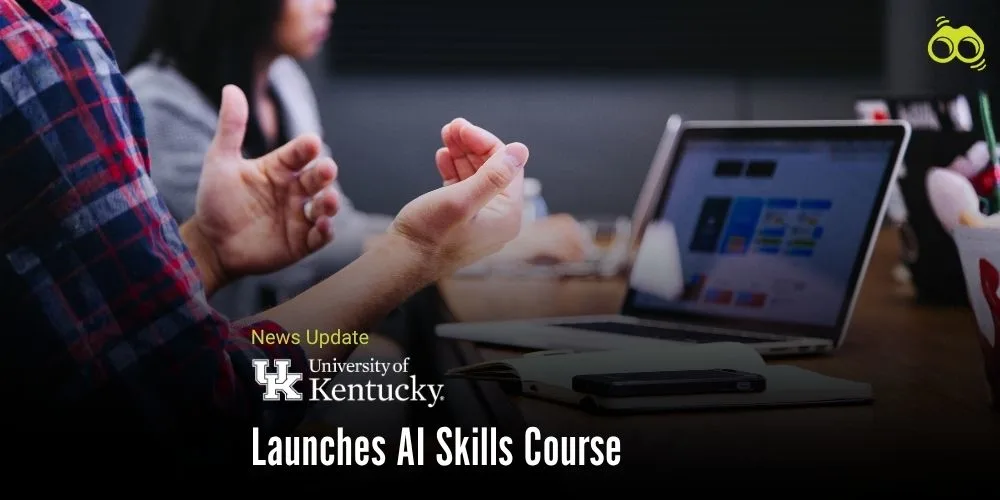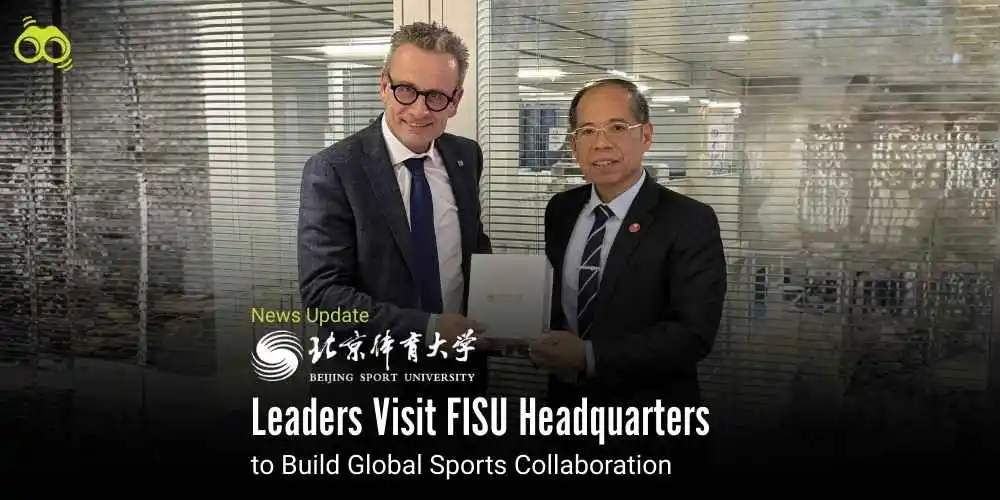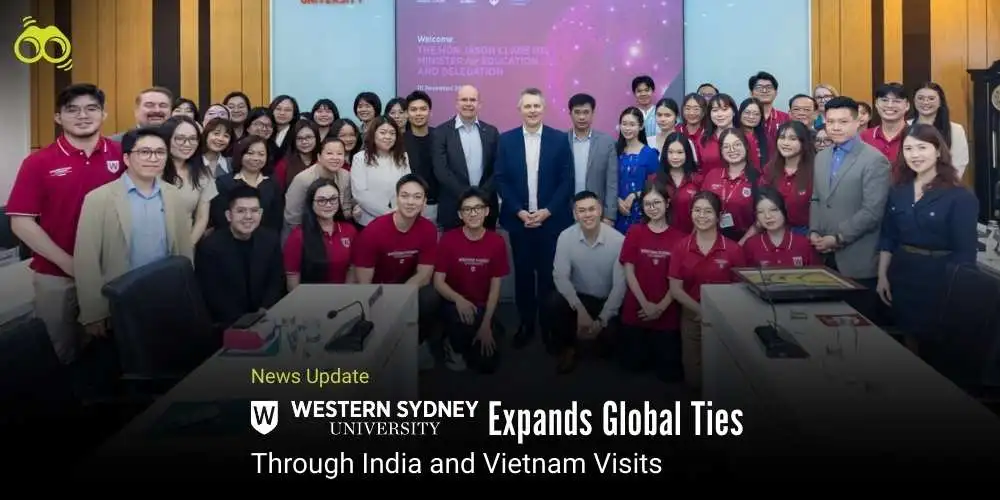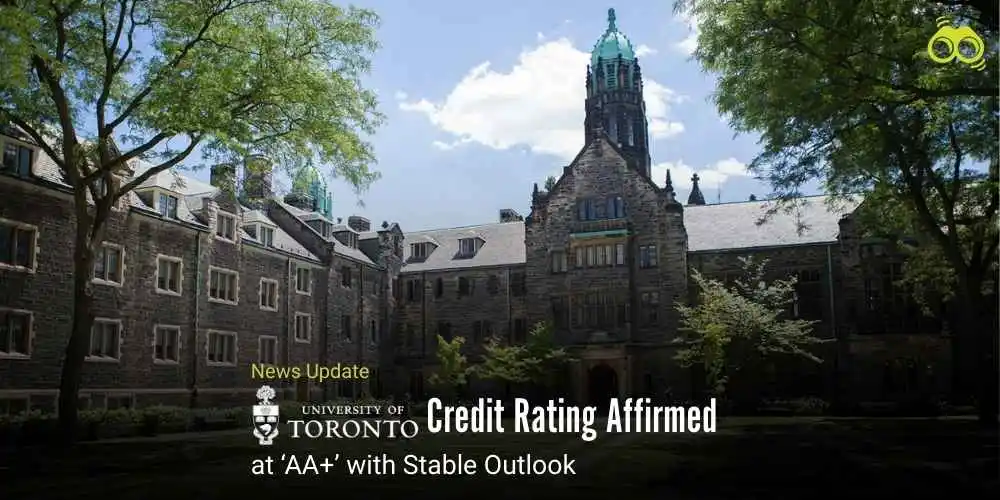New AI Materials Hub Expected to Create 900 Jobs and £400 Million GVA
AIM‑HI to Accelerate Net‑Zero Materials and Advanced Chemistry Innovation
Liverpool University has announced its proposed £100 million commitment to the AI Materials Hub for Innovation (AIM‑HI), a nationwide facility intended to accelerate the use of artificial intelligence in materials chemistry. The plan, which was announced at the recent Vice-Chancellor's Conference, aims to make the Liverpool City Region and the UK global leaders in materials research, development, and innovation fueled by AI.
The Hub of National Excellence
AIM-HI will provide high-end research and translational spaces with a private innovation incubator to facilitate academic and industrial partnerships. The initiative bridges the scholarly-industrial gap, empowering AI and robotic methodologies for use in materials science.
Research areas include catalysis, net-zero materials, soft matter, and formulation matters.
The hub will further the innovation agenda concerning sectors that matter for the UK economy and the whole transition towards net-zero.
Lastly, it will develop advanced training opportunities to enhance skills and the development of the workforce.
Economic Benefits:
This initiative is a £100 million seed project and is estimated to create or sustain approximately 900 high-value jobs in the UK. Its anticipated GVA of more than £400 million in return should drive some growth in the economy through AI and advanced materials innovations.
AIM-HI is part of a larger £111 million capital project intended to result in a purpose-built new chemical sciences facility with 9,350m² of lab space; this facility is to be opened in 2031 as part of Liverpool's Knowledge Quarter. Flexible laboratory space to allow students to access equipment not found anywhere else in the UK will be contained in this new building.
Global Leadership
Professor Tim Jones, Vice-Chancellor, described AIM-HI as a bold initiative to unlock the full potential of AI in advanced materials discovery. He emphasised the university's prior standing as a global leader in AI-driven materials research and industrial collaboration, referring to the success of the Materials Innovation Factory (MIF) in doing so.
AIM-HI would be defined, Professor Matthew Rosseinsky added, by the drive toward speeding development of materials necessary to address global challenges. New AI tools will aid separation, discovery after exploration within chemistry space over many orders of magnitude, and proceed toward new scientific avenues, he outlined.
Professor Andy Cooper pointed to Liverpool's pioneering work in robotics and AI, including the world's first mobile robot chemist powered by AI. He said AIM-HI would become the catalyst for creating a bridge between academic excellence and industrial expertise, regional strengths, and global networks.
Building on Success
This is what AIM-HI is based the performance of the Materials Innovation Factory, a joint £81 million facility created with Unilever-and, since welcoming its first researchers in 2018, has already generated competitive grant funding to a sum of over £120 million, supported hundreds of jobs, and catalysed SME growth across the region. AIM-HI extends this national model of successful academic-industry collaboration.
Research Excellence
The University of Liverpool has an international reputation for pioneering AI and robotics in materials chemistry. Its achievements include:
The SAIL Award (2021), which has earned it the Eni Energy Frontiers Award (2023), and its Davy Medal and Royal Medal in 2025.
Joint leadership of a £12 million AI for Chemistry Hub called AIChemy, developing leading-edge AI solutions.
A Department of Chemistry that ranks number one, two, or three in the UK in terms of Impact in both REF 2014 and REF 2021.
Research that addresses major global issues and benefits society recently won a Queen's Anniversary Prize in 2023.
The launching of AIM-HI marks the dawn of a new era for the innovation of AI materials in Britain, cutting-edge research with industrial collaboration to enable economic growth and transition to net zero. The Testaments are that the facilities, workforce skills, and global partnerships dedicated to this end will bring both the city region and the country at par with world leaders in the AI revolution for materials discovery.
Editor’s Note:
The launch of AIM-HI, a national £100 million hub dedicated to AI-driven materials, marks what is considered a pivotal moment for the UK. This initiative is more than a typical research program; it is strategically positioned to secure the UK's competitive advantage in a new technology set to redefine industry, accelerate clean growth, and bolster national resilience for decades. AIM-HI's focus will be on addressing key scientific challenges, specifically in developing catalytic, net-zero materials and advancing product formulation. From an economic point of view, an estimated 900 high-value jobs are expected to support this, together with over £400 million GVA. That counts for the Liverpool City Region and for the wider UK supply chain, where advanced materials then feed into energy, manufacturing, health and consumer products. The environmental benefits could prove far bigger. In a faster discovery of materials for net zero, AIM-HI can knock emissions down more quickly - by better catalysts and smarter processes, plus new materials that cut waste and energy in use. Linking AI with robotics speeds up lab work, reduces trial-and-error, and brings cleaner technologies to market sooner. Based on past success, the Materials Innovation Factory has secured over £120 million in grants, created hundreds of jobs, and fostered industry partnerships. AIM-HI will expand this by creating an integrated, nationwide network with shared platforms, translational spaces, and an incubator to unite academics and companies in problem-solving. This initiative also focuses on skills, establishing a national centre for state-of-the-art training to enhance the UK's invention, scale-up, and export capabilities. Fair, broad-based funding will ensure AIM-HI distributes opportunity across all regions and sectors.
As per Skoobuzz, AIM‑HI is the right move at the right time. It brings science and industry together, supports clean growth, and creates local jobs. With steady funding, open collaboration, and clear pathways from research to industry, Liverpool and the UK can lead the way in the global AI‑driven materials revolution.
FAQs
1. Why has the University of Liverpool launched AIM‑HI?
The University of Liverpool announced the AI Materials Hub for Innovation (AIM‑HI) to accelerate the use of artificial intelligence in materials chemistry. The £100 million initiative responds to the need for cleaner, more productive, and globally competitive growth, supporting the UK’s transition to net zero while safeguarding public interest.
2. What is AIM‑HI and how will it operate?
AIM‑HI will be a national centre of excellence located in Liverpool’s Knowledge Quarter. It will provide advanced research and translational spaces, alongside an innovation incubator to connect academic and industrial partners. The hub will focus on catalysis, net‑zero materials, soft matter, and product formulation, ensuring safe procedures and responsible use of AI and robotics in materials science.
3. How have authorities and university leaders responded?
University leaders described AIM‑HI as a bold step to unlock the full potential of AI in advanced materials discovery. Vice‑Chancellor Professor Tim Jones emphasised Liverpool’s global leadership in AI‑driven materials research. Professors Matthew Rosseinsky and Andy Cooper highlighted the hub’s role in tackling global challenges, pioneering robotics, and linking academic excellence with industry expertise.
4. What impact will AIM‑HI have on people and the economy?
The project is expected to create or support up to 900 high‑value jobs and generate more than £400 million in Gross Value Added (GVA). It will strengthen workforce skills, provide students with access to state‑of‑the‑art equipment, and ensure that research outcomes benefit society. By embedding AI in materials innovation, AIM‑HI supports both economic growth and environmental safety.
5. What are the wider implications for the UK and global research?
AIM‑HI builds on the success of the Materials Innovation Factory (MIF), which has already delivered over £120 million in competitive grants and catalysed SME growth. At a national level, AIM‑HI will extend this collaboration model, positioning the UK as a leader in AI materials innovation. It also reinforces the UK’s reputation for research excellence, with Liverpool’s Department of Chemistry ranked among the top three for Impact in successive Research Excellence Frameworks.
6. What future steps are planned?
AIM‑HI forms part of a larger £111 million capital project to build a new 9,350m² chemical sciences facility by 2031. This purpose‑built space will provide flexible laboratories, train future scientists, and ensure safe procedures for cutting‑edge research. The University of Liverpool will continue to expand global partnerships, integrate AI into materials discovery, and align innovation with public interest and environmental rights.














0 Comments (Please Login To Continue)